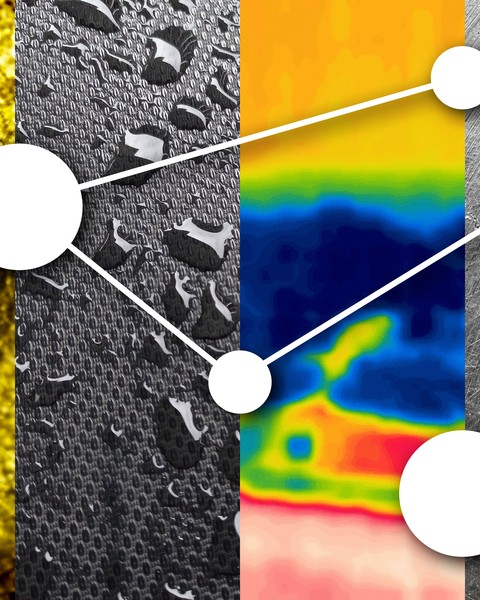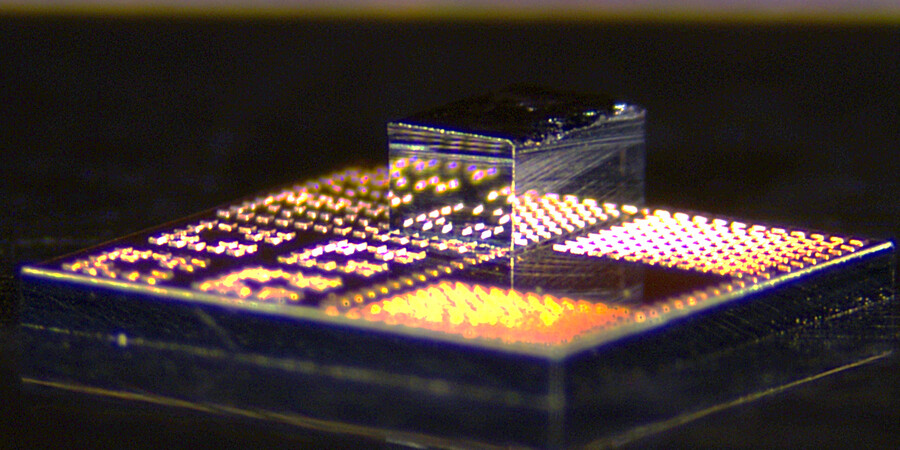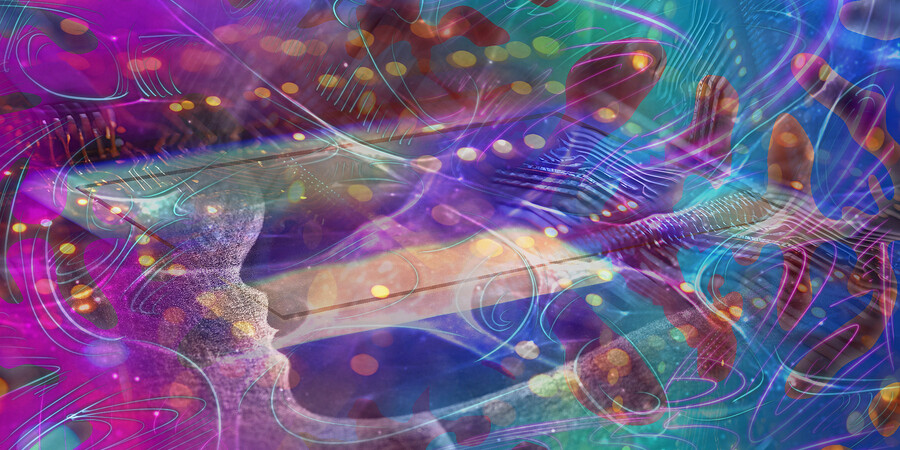December 7, 2023
Designing new compounds or alloys whose surfaces can be used as catalysts in chemical reactions can be a complex process relying heavily on the intuition of experienced chemists. A team of researchers at MIT has devised a new approach using machine learning that removes the need for intuition and provides more detailed information than conventional methods can practically achieve.
For example, applying the new system to a material that has already been studied for 30 years by conventional means, the team found the compound’s surface could form two new atomic configurations that had not previously been identified, and that one other configuration seen in previous works is likely unstable.
The findings are described this week in the journal Nature Computational Science, in a paper by MIT graduate student Xiaochen Du, professors Rafael Gómez-Bombarelli and Bilge Yildiz, MIT Lincoln Laboratory technical staff member Lin Li, and three others.
Complete article from MIT News.
Explore
New 3D Chips could Make Electronics Faster and more Energy-Efficient
Adam Zewe | MIT News
The low-cost, scalable technology can seamlessly integrate high-speed gallium nitride transistors onto a standard silicon chip.
Anantha Chandrakasan Named MIT Provost
Kathy Wren | MIT News
A faculty member since 1994, Chandrakasan has also served as dean of engineering and MIT’s inaugural chief innovation and strategy officer, among other roles.
Photonic Processor could Streamline 6G Wireless Signal Processing
Adam Zewe | MIT News
By performing deep learning at the speed of light, this chip could give edge devices new capabilities for real-time data analysis.




